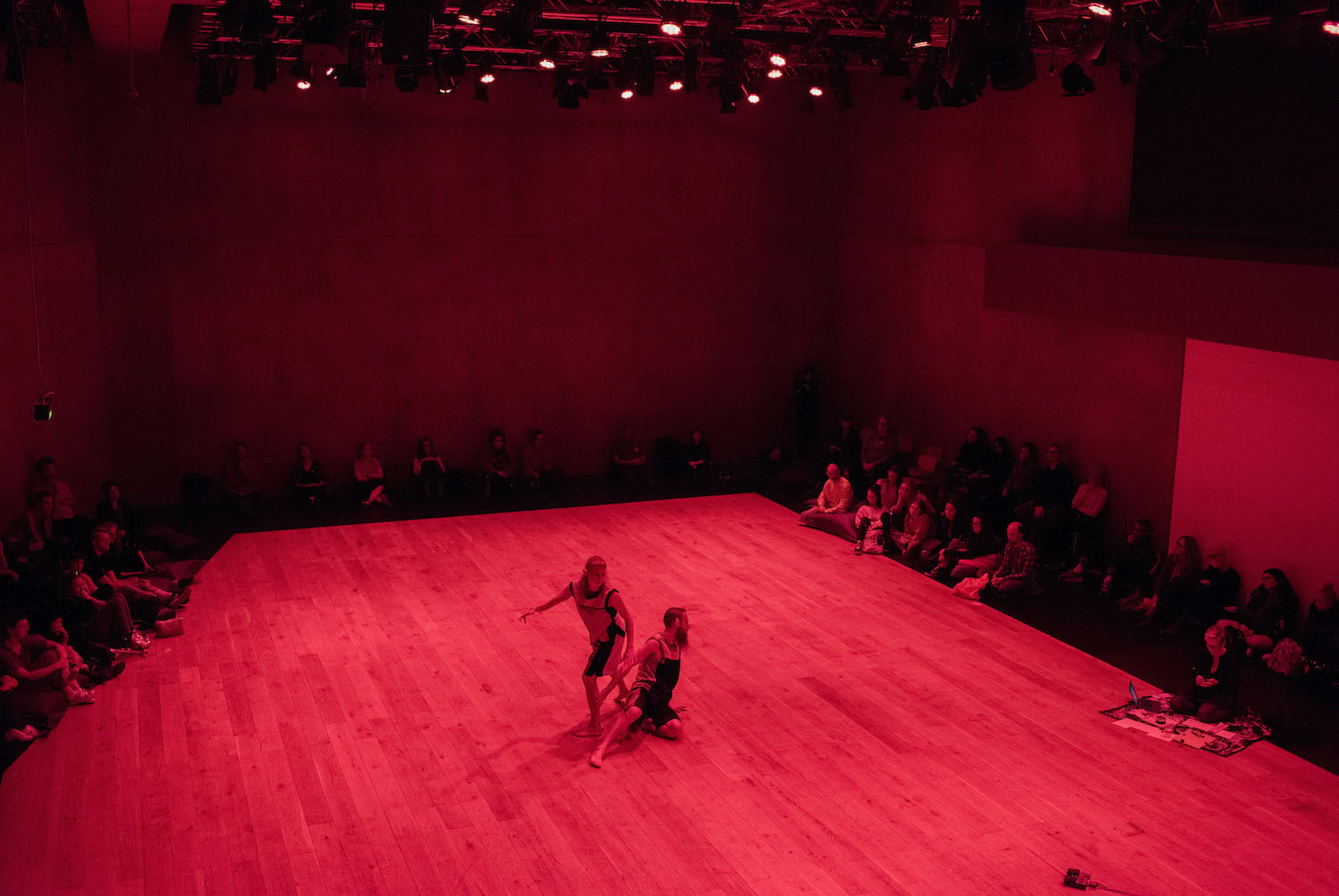Embodiment, embodied cognitive science and Guy Claxton

Perspectives from the field of embodied cognitive science are among the seams that I weave together in my investigation of choreographic no-how generation. I consider embodied cognitive science to name the area of cognitive science where understanding the fundamental importance of embodiment is the focus. I draw on the work of thinkers in and around this field – in particular Guy Claxton – to emphasize the embodied basis of knowing and argue that this grounds an understanding of knowledge-generation as intrinsic within the embodied context of choreography.
As a cognitive scientist with a focus on the embodied basis of learning and intelligence, Claxton’s work resonates particularly strongly with my orientation towards embodied knowledge-generation, which has developed through my experiences of dance and choreographic practice. Claxton’s emphasis on the role of movement, felt-sense and intuition in the coming-into-being of knowing echoes (and helps to articulate) foundational aspects of my choreographic orientation to knowledge-generation, which includes my understanding that knowledge is a question of movement and that all human knowing is embodied knowing.
This orientation is grounded in my understanding that the term embodiment denotes not merely the fact of bodily presence, but that bodies are continuous with minds, and that bodies give rise to minds, consciousness, and knowing. As Claxton writes: ‘my intelligent flesh has evolved, as part of its intelligence, strategies and capacities that I think of as my “mind”. I am smart precisely because I am a body. I don’t own it or inhabit it; from it, I arise’ (2015, p.3).
Drawing on Claxton and others, my use of the term embodiment also implicitly understands that embodied capacities of human knowing are always inclusive of a human anatomy and physiology that spans multiple modes of knowing. This entails that, within this orientation, the integral presence and necessary contribution of felt-sense, more-than-rational, intuitive modes of knowing are always implied. Here, knowing is understood to never be exclusively associated with modes that have an explicit, languaged, rational and propositional character, but rather to encompass the full spectrum of human embodied capacities for knowing.
Claxton emphasizes the importance of the embodied unconscious as the source through which intelligence arises and characterizes the coming-into-being of knowing as a felt-sense process in which knowing ‘wells up’ and ‘unfurls’ (2015, p.7). I connect Claxton’s work on the embodied unconscious with the theoretical framework of nonconscious cognition developed by literary theorist N. Katherine Hayles (2017), whose detailed articulation of an expanded understanding of cognition has far-reaching relevance for this discussion.
Claxton further articulates that ‘the body isn’t a thing, it’s an event’ and that ‘I am a body-mind-context constellation, ever changing and ever welling up’ (2015, p.36, p.266). Understanding bodies as intelligent meshworks of continually unfurling dynamic processes (rather than as entities of a fixed and static character) underlies the understanding of the processual basis of human knowing and how this has an integral presence within the embodied context of events of choreographic performance.
READ MORE on my understanding of embodiment in Section 1 Clarification of key terms
READ MORE in Section 2 on Claxton and the embodied basis of knowing
READ MORE in Section 2 on Hayles and nonconscious cognition